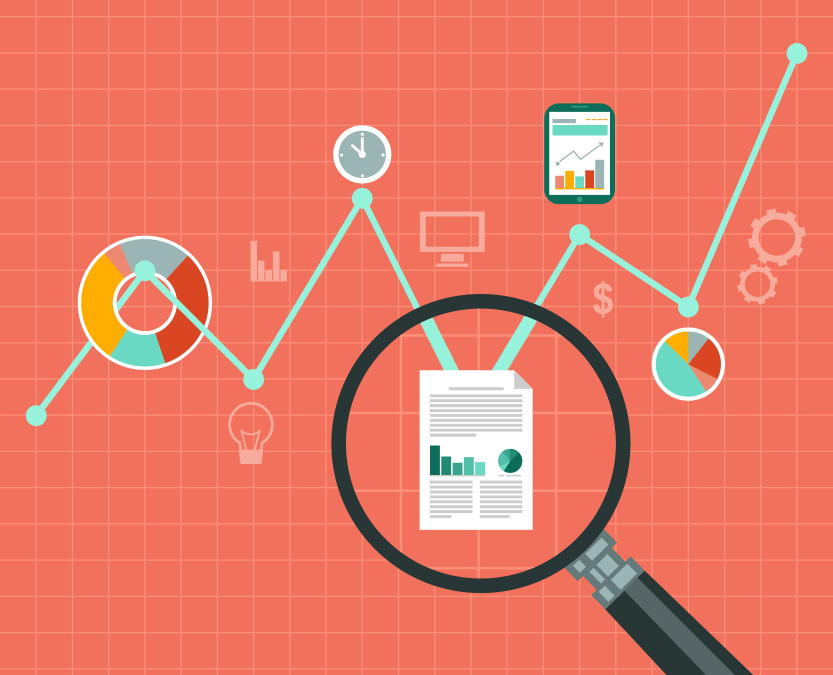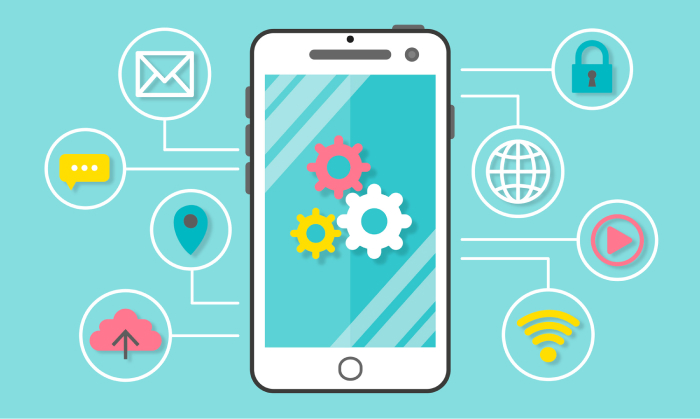
Understanding the Mobile App Development Life Cycle
Overview of Mobile App Development
Ah, the enchanting realm of Mobile App Development! It's not just about piecing together lines of code or selecting vibrant colors. It's a symphony of technological skills harmonizing with human needs and desires. From the simple utility apps that make our daily lives a tad more convenient to the sprawling, immersive worlds of mobile gaming, every app tells a story. Each one starts as a mere thought, grows into a concept, faces challenges, and finally, becomes an integral part of our digital ecosystem.
Importance of the App Development Life Cycle
The inception of an app idea is just the tip of the iceberg. Beneath the surface, there's a colossal structure that supports and shapes the journey: the App Development Life Cycle. It's akin to a compass, guiding developers and businesses through the tumultuous waters of app creation. Every stage, every decision within this life cycle holds significant ramifications. It ensures the end product isn't just functional but also aligned with user expectations and market demands.
Mobile App Market Research: Laying the Foundation
Think of Mobile App Market Research as the reconnaissance mission before the main campaign. It's a deep dive into the oceans of user preferences, market trends, and competitive landscapes. An app can have all the bells and whistles, but if it doesn't address a real need or resonate with its target audience, it's like a ship without a compass. Market research ensures we're not just shooting in the dark but aiming for bullseye with every decision.
Stages of App Development
Ideation and Planning
- Mobile App Market Research: Identifying Needs
To architect a successful app, one must first don the hat of a detective. This involves surveying potential users, analyzing competitor apps, and identifying gaps in the current market. It's like collecting puzzle pieces that will later form a coherent picture of what the app should be. - Defining Objectives and Goals
Once the groundwork is laid, it's time to lay out a clear roadmap. What is the primary mission of the app? Is it to educate, entertain, streamline a process, or address a specific pain point? By defining clear objectives and goals, developers and stakeholders can ensure that they're not just building an app, but crafting an experience tailored to a specific purpose.
Mobile App Design Process
- Mobile App UX/UI Design Principles
Aesthetic allure, combined with functional design, is the key to a user's heart. Design goes beyond mere visuals. It's about creating pathways within the app that feel intuitive and organic. It's the art of ensuring users can journey from Point A to Point B with ease and pleasure. - App Prototyping: Visualizing the Concept
Prototyping is akin to a dress rehearsal before the main performance. It's a tangible, interactive representation of the app, allowing stakeholders to navigate its features, understand its flow, and provide invaluable feedback before diving into full-fledged development.

Mobile App Launch and Deployment
Preparing for Launch
- Beta Testing and User Feedback
Before the grand unveiling to the masses, there's a crucial step: beta testing. It's the app's first real-world trial. Selected users, often eager enthusiasts or industry professionals, get a preview. Their interactions, experiences, and feedback are immensely valuable. They provide a microcosm of how the broader audience might react, allowing developers to catch any unforeseen glitches or usability hiccups. - App Development Costs: Budgeting for Launch
An old adage goes, "If you fail to plan, you plan to fail." And nowhere is this more accurate than when budgeting for an app's launch. Costs aren't just about development. They encompass marketing, licensing, third-party integrations, server costs, and so much more. A well-charted budget ensures that quality isn't compromised at any stage and that the launch is as spectacular as the vision behind the app.
Launch Strategies
- App Store Optimization (ASO)
Think of ASO as the SEO's younger sibling, tailor-made for the mobile world. It's not just about getting the app out there but ensuring it catches the eye amidst a sea of competitors. Fine-tuning app titles, keywords, descriptions, and even screenshots can make all the difference between being overlooked and being downloaded. - Initial User Acquisition
So, the app is out there. But how do we get it into users' hands? This is where a mix of organic strategies, paid promotions, influencer collaborations, and smart partnerships come into play. Initial user acquisition is all about creating that initial buzz—a snowball that, with the right push, can trigger an avalanche of downloads.
App Monetization Strategies
- Understanding Monetization Models
Monetizing an app is an art in itself. It's not just about slapping on ads or charging users. Different models—like freemium, subscriptions, in-app purchases, or affiliate marketing—offer different revenue streams. Each has its merits and challenges, and the choice largely depends on the app's nature and target audience. - Choosing the Best Strategy for Your App
While understanding monetization models provides the tools, choosing the right strategy carves the path. It's about aligning revenue generation with user experience, ensuring the app remains profitable without becoming obtrusive or diminishing the user's journey.
Post-launch Maintenance and Updates
Importance of Continuous Improvement
Once launched, the app's journey is far from over. In fact, it's just begun. Technology evolves, user preferences shift, and market dynamics change. Continuous improvement isn't a luxury—it's a necessity. Regularly updating the app ensures it stays relevant, functional, and in line with user expectations.
Gathering and Implementing User Feedback
Every star rating, every review, every piece of user feedback is a goldmine of insights. They're real-world pointers on what's working, what's not, and where the app can head next. By actively seeking, analyzing, and implementing this feedback, developers ensure the app remains in sync with its audience.
Periodic Updates and Patches
No app is perfect. With time, bugs might pop up, or new OS versions might introduce compatibility issues. Post-launch Maintenance involves periodic roll-outs of patches and updates, addressing these concerns. It's about ensuring that the app isn't just alive but thriving and evolving.

Conclusion
Recap of the Mobile App Development Life Cycle
Embarking on the journey of Mobile App Development is akin to sculpting a masterpiece from a block of marble. As we've seen, it isn't merely about writing code or designing visuals; it's a multi-stage process, replete with strategic decisions, creative iterations, and meticulous testing. Starting from a mere idea, through intricate design and development phases, all the way to launch and post-launch strategies, each step in the App Development Life Cycle is crucial. Each phase serves a specific purpose, ensuring that the app isn't just functional but resonates deeply with its target audience.
The Future of Mobile App Development: Trends to Watch
The digital realm is in constant flux, and mobile app development is no exception. As we look towards the horizon, several exciting trends beckon. The rise of Augmented Reality (AR) and Virtual Reality (VR) apps promise to redefine immersion. With the increasing demand for sustainability and social responsibility, apps focusing on eco-friendliness and ethical choices will gain prominence. Also, as Artificial Intelligence (AI) and Machine Learning (ML) become more advanced, we can expect apps that are not just smart but intuitive, predicting user needs before they even articulate them.
References
- Apple Inc. (2021). iOS Human Interface Guidelines. Apple Developer. https://developer.apple.com/design/
- Charland, A., & Leroux, B. (2011). Mobile application development: Web vs. native. Communications of the ACM, 54(5), 49-53. DOI: 10.1145/1941487.1941504
- Android Developers. (2021). App Quality Guidelines. Android Developers. https://developer.android.com/guide
 Mark Petrenko
Mark Petrenko 
